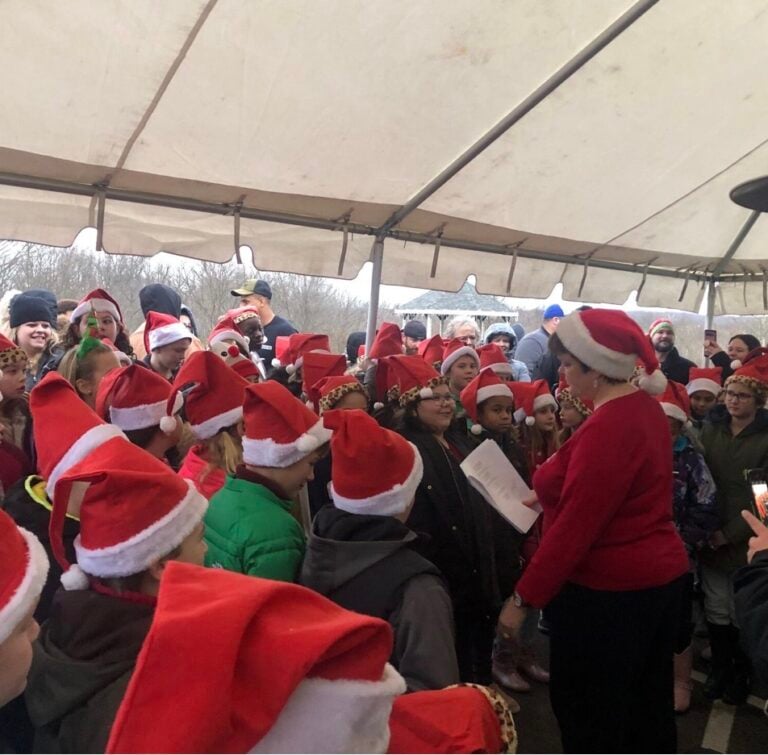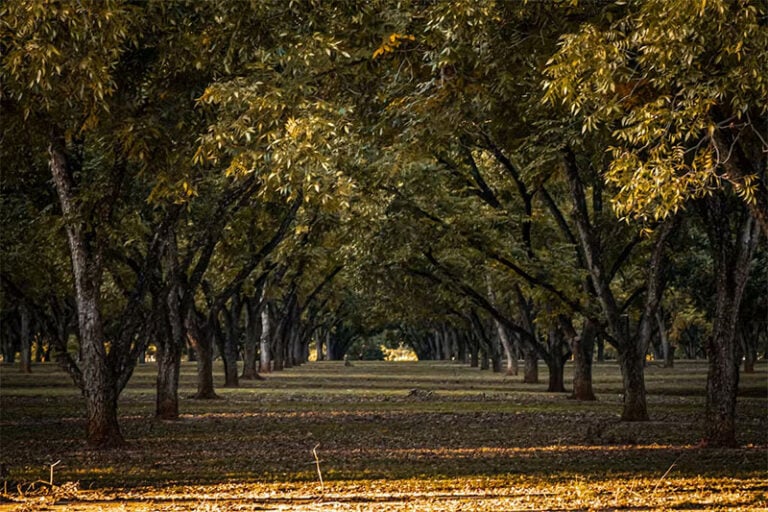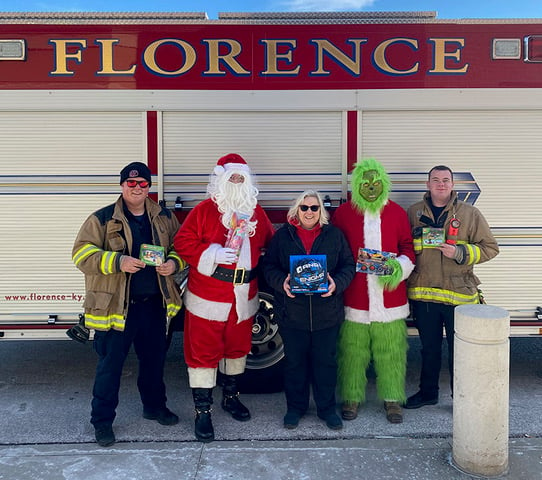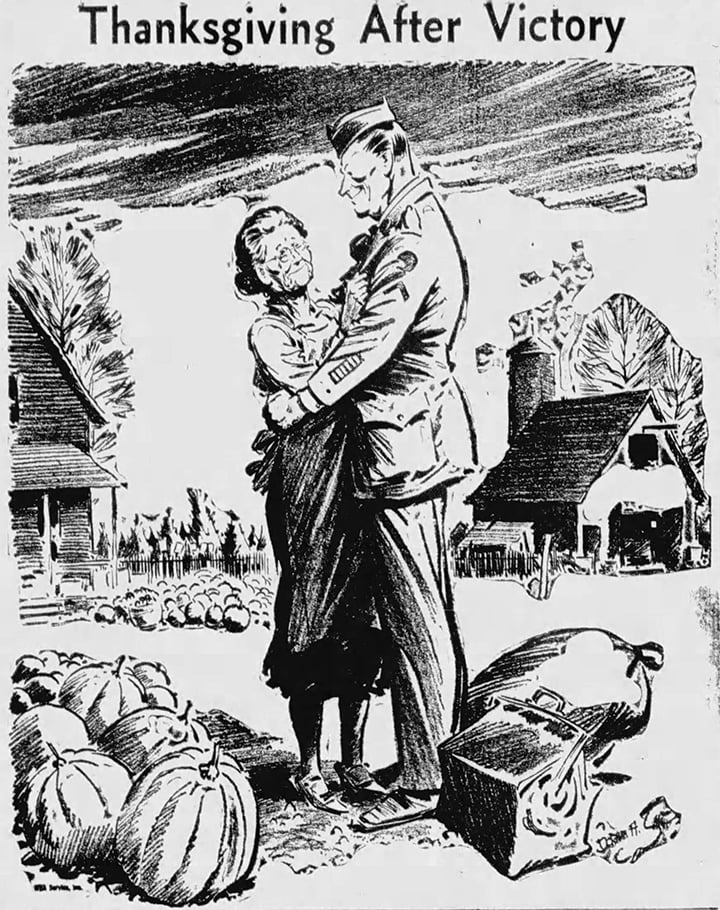Peak season has arrived for deer activity on Kentucky roadways, and motorists are reminded to stay alert for wildlife to keep safe as state transportation officials’ issue their annual Antler Alert. Nearly half of wildlife collisions occur during the last three months of the year.
“We see deer-related crashes rise sharply this time of year,” said State Highway Engineer James Ballinger. “Last November we had more than 700 wildlife collisions – the highest of any month. Drivers should be extra alert, especially at dawn and dusk, and slow down in areas where deer are likely to cross. A moment of caution can prevent a serious crash.”
According to Joe McDermott, deer program coordinator with the Kentucky Department of Fish and Wildlife Resources (KDFWR), deer movement is near peak activity this year when the rut, otherwise known as mating season, begins at the end of October and continues through December.
“Deer activity peaks in the fall not only because of the rut, but also because their food sources and cover change as the seasons shift,” McDermott said. “As foliage disappears and crops are harvested, deer are more likely to travel greater distances and cross roadways in search of food and shelter. That means drivers should expect to encounter deer almost anywhere, anytime this season.”
In Kentucky, there were 3,406 highway crashes in 2024 that reported a vehicle striking a deer, up nearly 180 over the previous year and the highest recorded in the last five years. As a result of those collisions, six people were killed – three more than the previous year – and 22 were seriously injured, which was a decrease from last year.
Hopkins County saw the highest number of reported crashes last year – 133. Half of the top 10 counties with the most crashes were in western Kentucky. A list of crash counts by county are available transportation.ky.gov.
State Farm Mutual Automobile Insurance Co. issues a yearly report of collisions involving deer and other wildlife based on insurance claims. Despite a national decrease in wildlife involved collisions, for the year ending June 30, 2025, State Farm reported more than 1.7 million animal collision claims in the United States, of which more than 1.1 million involved deer.
The Transportation Cabinet offers these driving tips to stay safe:
• Stay Aware: Be vigilant, especially in forested terrain, and during dusk and dawn when deer are most active.
• Be Prepared: Always wear a seat belt (it’s the law) and eliminate distractions (phones down!).
• Turn On Headlights: Keep them on bright unless other vehicles are approaching.
• Slow Down: Take your foot off the gas immediately if you spot a deer crossing the roadway; they tend to travel in groups.
• Don’t Swerve: Trying to avoid a deer can result in a more serious crash with an oncoming vehicle or roadside object.
• If There’s a Crash: Keep both hands on the wheel and apply brakes steadily until stopped.
Kentuckians should drive safely and scan the roadside, especially at sunrise and sunset when deer are most active. Motorists are asked to report all deer-vehicle collisions to police. KYTC traffic engineers use the crash data to aid in placing deer-crossing warning signs and other safety measures.
Kentucky was one of 17 states to receive a federal grant aimed at making roadways safer for people and wildlife. The $1.2 million award funded a wildlife-vehicle collision reduction plan and a pilot study in central Kentucky that was completed this year. Analysts examined vehicle collisions along the U.S.60/Interstate 64 corridor in Jefferson, Shelby and Franklin Counties where white-tailed deer are involved in a high number of collisions. Data was collected to understand deer habitat and behavior patterns using drones, GPS collars, trail cameras and field surveys. Countermeasures like adding fencing, managing vegetation and lighting expansion are some considerations being considered.
Kentucky Transportation Cabinet






















